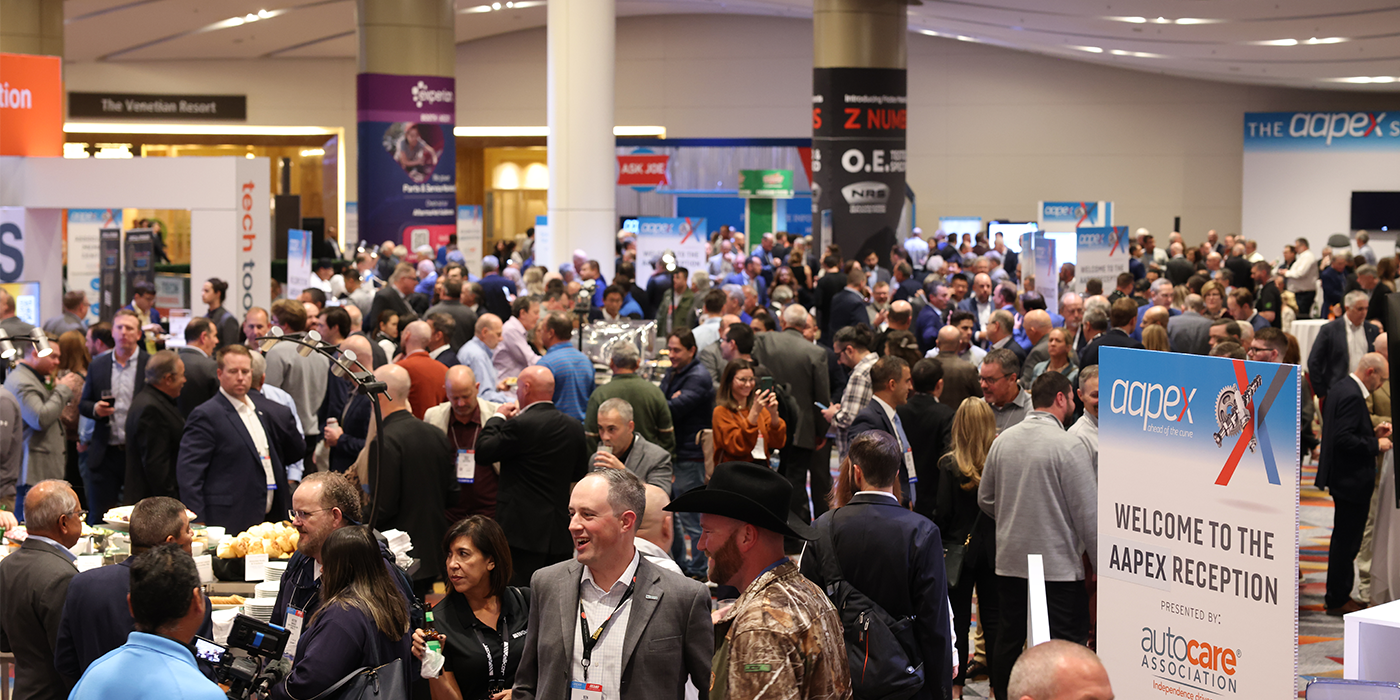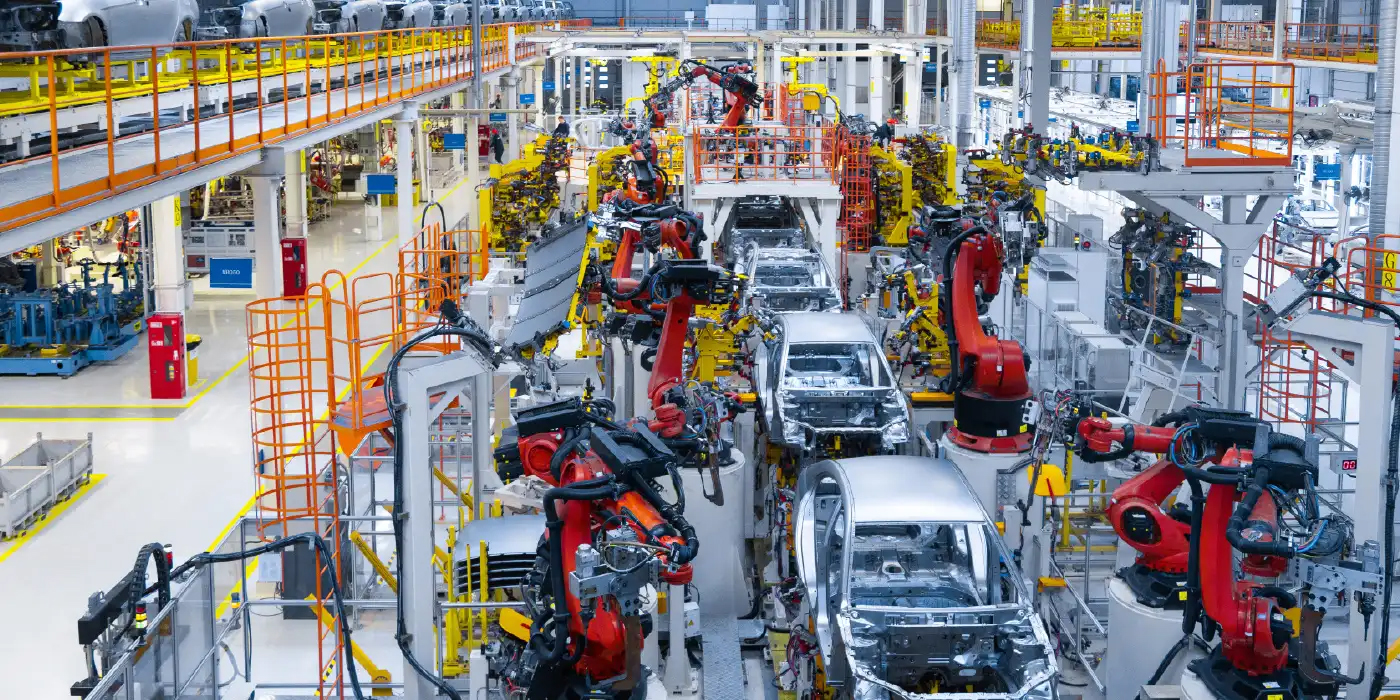
Last week, we addressed the shifting workforce skills needed as we approach 2030, outlined in the recent McKinsey study “The Shifting Future of the Workforce Part 1.” This week, in Part 2, we look at the organizational transformation companies will undergo to remain viable. The Washington Post tells us that 71 percent of today’s workers in the United States are looking for new jobs. On top of that, thousands of baby boomers are retiring every day.
Organizational Changes Needed To Stay Competitive
To stay competitive, companies will need to make significant organizational changes to address these skill shifts. What’s needed is an emphasis on “continuous learning” for all workers and a transition to more “cross-functional and team-based work.” Moreover, companies will need to become more agile, in part by encouraging independent work.
Other Shifts Needed By HR And Leadership
Leadership and human resources also will need to adapt to the changing workplace: almost 20 percent of the companies surveyed said their executive teams lacked “sufficient knowledge to lead adoption of automation and artificial intelligence.” More than 30 percent expressed concern about lacking the skills they needed for automation adoption, which would hurt their future financial performance. They are right to worry!
Tightening Labor Markets For High-Skilled Workers
While low-skilled workers will continue to lose their jobs to automation, competition for high-skill workers will increase. This trend has aggravated income inequality and reduced the number of middle-wage jobs. The McKinsey study reported that high-skill workers were the most likely group to be hired and re-trained – and see their wages rise.
Slower Adopters Will Struggle To Attract Talent
Slower adopters will have more limited options. Nearly half of the companies surveyed believe all of the groups involved, including employers, communities and workers, will need to cooperate to manage the large-scale retraining required to transition in the years ahead. Long overdue is the collaboration between firms and educators to reshape school and college curricula.
There also are roles for industry associations and labor unions to help build talent pipelines and promote cross-sector mobility. Governments will need to think about providing safety nets for transitioning workers and not penalize mobility, by encouraging the shift to portable benefits. This portability of benefits could be very meaningful in helping employers to best utilize the talents and skills of workers across sectors.
Organizations Of The Future
Firms that listen to this good advice will be rewarded with profitability; those that ignore it may not make it to 2030.
To read the entire McKinsey study, visit here.














